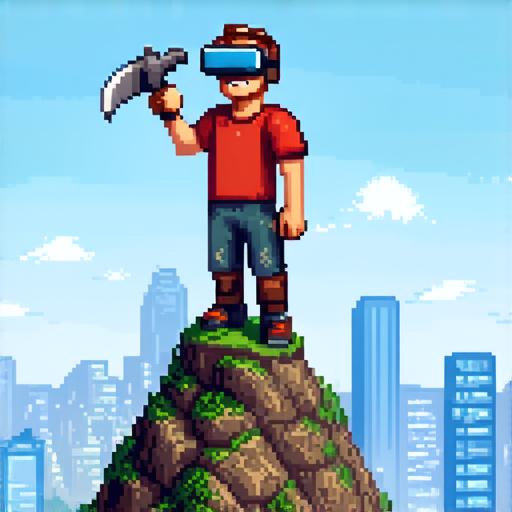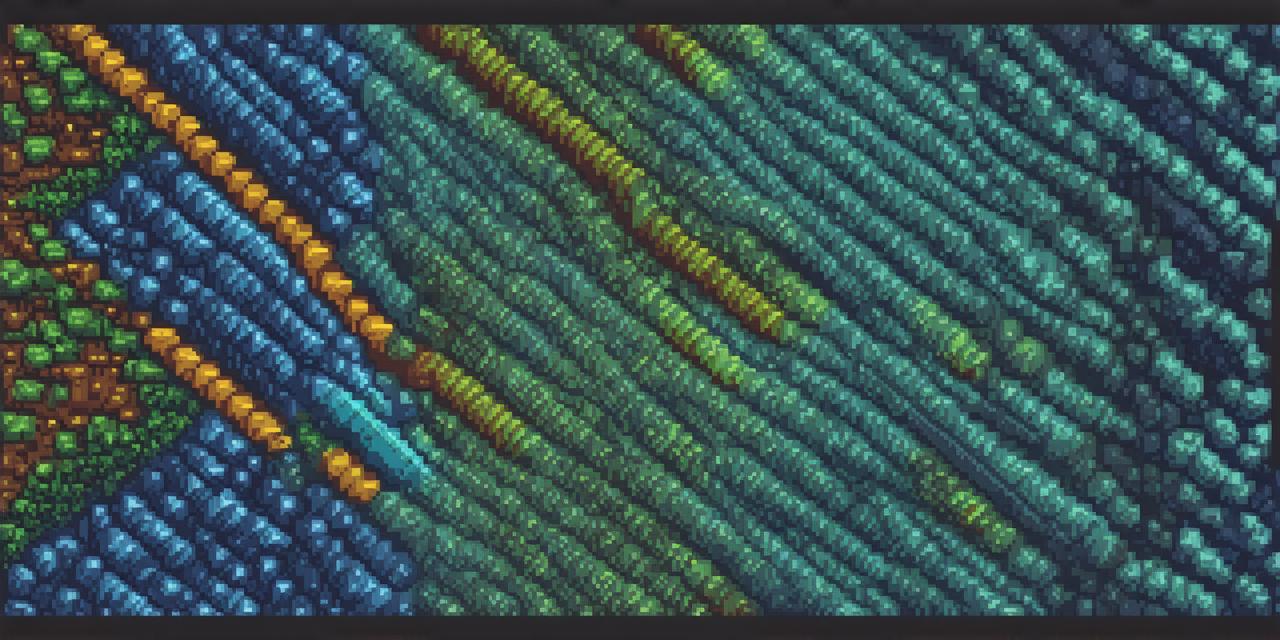What is Minecraft?
Minecraft is an open-world sandbox game that allows players to create and explore their own virtual world. Players can build structures, gather resources, and interact with other players in real-time. The game has been incredibly successful since its launch in 2009, with millions of players worldwide and a dedicated community that continues to grow and evolve.
What is a Metaverse?
A metaverse is a shared virtual space where people can interact and communicate with each other in real-time. It is a collective virtual environment where people from all over the world can come together to create, share, and explore. The term “metaverse” was first coined by science fiction author Neal Stephenson in his 1992 novel Snow Crash, but the concept has become increasingly relevant in recent years as new technologies have emerged that allow for more immersive and interactive experiences.
The Connection between Minecraft and Metaverses
Minecraft can be considered a metaverse because it offers a shared virtual environment where players from all over the world can come together to create, share, and explore. Players can build structures, gather resources, and interact with each other in real-time, creating a sense of community and connection that transcends physical boundaries.
Furthermore, Minecraft has been used as a platform for other metaverses, such as the virtual world of Decentraland. Decentraland is a decentralized virtual world built on the Ethereum blockchain that allows users to create their own avatars and explore a shared virtual space. Players can also buy and sell virtual real estate, creating a sense of ownership and investment in the metaverse.
Real-life Examples of Metaverses
There are many examples of metaverses that exist today, each with its own unique characteristics and features. One example is Second Life, an online virtual world created by Linden Labs in 2003. With over 1 million active users, Second Life offers a wide range of activities and experiences, from building homes and businesses to attending live concerts and events.
Another example is VRChat, a social virtual reality platform that allows users to create their own avatars and explore a shared virtual space. VRChat has been used as a platform for gaming, art, and other forms of creative expression, making it a popular choice for those looking for a more immersive and interactive experience.
The Implications of Metaverses for the Future of Gaming and Technology
The emergence of metaverses has significant implications for the future of gaming and technology as a whole. As more people become connected to the internet and to each other, there is a growing demand for immersive and interactive experiences that allow for real-time communication and collaboration.
Metaverses offer a platform for this type of interaction, allowing people from all over the world to come together and create something new. This has the potential to lead to new forms of creativity and innovation, as well as new ways of thinking about how we use technology to connect with each other.
The Challenges of Metaverses

Despite their potential benefits, metaverses also face significant challenges. One of the biggest challenges is ensuring that these virtual environments are secure and safe for users. With more people spending time in virtual worlds, there is a growing risk of cybercrime and other forms of online harassment.
Another challenge is ensuring that metaverses are accessible to everyone, regardless of their physical abilities or financial resources. This will require ongoing investment in technology and infrastructure, as well as a commitment to creating inclusive and welcoming environments for all users.
Summary
In conclusion, Minecraft can be considered a metaverse because it offers a shared virtual environment where players from all over the world can come together to create, share, and explore. The emergence of metaverses has significant implications for the future of gaming and technology as a whole, offering new forms of creativity and innovation as well as new ways of thinking about how we use technology to connect with each other.
